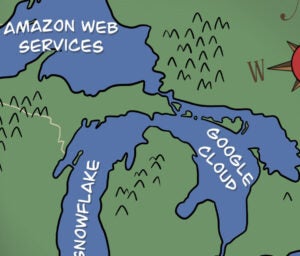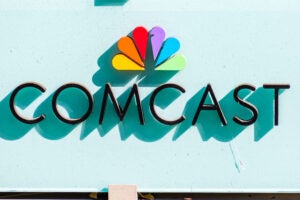 Here’s today’s AdExchanger.com news round-up… Want it by email? Sign-up here.
Here’s today’s AdExchanger.com news round-up… Want it by email? Sign-up here.
FB Ad Team On Display
The New York Times examines Facebook advertising, even the Facebook exchange, in an article ominously, “Facebook Efforts on Advertising Face a Day of Judgment”. Talking about the FB ad team, the NYT explains, “In an indication of how critical it is for Facebook to get its advertising products right, the company called on Gokul Rajaram, an engineer who once ran Google’s lucrative AdSense engine, to take charge of its own advertising products division. Facebook hired Mr. Rajaram in 2010, when it acquired his start-up, Chai Labs, which had built artificial-intelligence-based algorithms to analyze online data.” Read more.
Voting Audience
On ClickZ, Kate Kaye reviews a new partnership between voter data firm Aristotle and “digital ad firm” Intermarkets. She quotes Intermarkets CMO Mike Loy, “We’re in the process of building out our cookie pool and migrating the [Aristotle] data. (…) Part of that process involves segmenting online audiences into groups political advertisers want to target. The Aristotle relationship is exclusive, and it’s the first time the political data giant has partnered to enable online ad targeting.” Political audience buying at work. Read more. And, read the release about use of the Lotame DMP in the deal.
Clicking Blank Ads
Ted McConnell, vp of digital for the Advertising Research Foundation, relates the curious story about a banner ad campaign he once tested that had absolutely nothing in the creative. It was blank. Would users still click? He tells Ad Age readers about the campaign and the study that followed, “The average click-through rate across half a million ads served was 0.08%, which would be good for a brand campaign, and so-so for a direct response campaign. We detected no click fraud in the data we counted. Half the clickers told us they were curious, the other half admitted to a mistaken click.” There’s “noise” in the clickthrough! Read more.
Performance And Viewability
On his personal blog, comScore and former AdXpose exec Kirby Winfield answers questions posed during a recent webinar on the viewable impression. in regards to a question about the relevance of the “viewable impression” metric in a pay-for-performance world, Winfield is resolute, “On the contrary, one of the biggest challenges we see is the inappropriate attribution of conversions and other performance indicators to sites or placements that are unviewable. Get rid of unviewable impressions, and performance attribution becomes exponentially more accurate, ensuring proper allocation of performance dollars to publishers who invest in content and placement.” Read all his answers.
Yahoo’s Content Optimization
The New York Times’ David Carr picks up the perennial question of whether Yahoo is a media or tech firm. He concludes, “Yahoo is a media company, mostly by accident.” No big surprises here but by way of analyzing CEO Marissa Mayer’s prospects, Carr points out the company’s intense analytical bent when it comes to news curation. “Editors have real-time analytics on click-through rate and can adjust the presentation on the fly; underperformers are quickly dumped or reconfigured. Yahoo uses a combination of technological and human curators to feed a robust audience.” Read Carr on Mayer.
Automation In The Email
Email service provider Silverpop has released its 2012 Benchmark Study and says that marketers are taking advantage of automation as evidenced by improved CTRs. From the study: “Click-Through Rates: In 2011 into 2012, click-through rates averaged 5.4%–up from a 2009 average of 4.5%. Click-through rates are a key measure for email efficacy – more so than open rates – and the notable increase in CTR can be attributed to a simultaneous increase in automated A/B testing.” Get the study (PDF).
More Marketing Tech for WPP
WPP brings 150 ad tech consultants under its wingspan with a majority stake in Acceleration. The company is perhaps best described as a consultancy. “Acceleration helps its clients architect, implement and orchestrate digital marketing and publishing technologies,” says a release. Read it.
Privacy
- Consumer Data, but Not for Consumers – The New York Times
But Wait. There’s More!
- Marissa Mayer Has a Secret Weapon – Wired
- Quick, Name Your Favorite Banner Ad From The Last Month – Business insider
- Qantas passengers to get iPads for in-flight entertainment – VentureBeat
- SVP Analytics Steve Kerho Is Leaving – AgencySpy
- Balancing Dueling Goals: Quality And Scale – MediaPost
- Los Angeles Accelerator Report Card: Too Early To Tell – Socaltech
- Securing the Future of New York’s Media Industry – The Makegood













